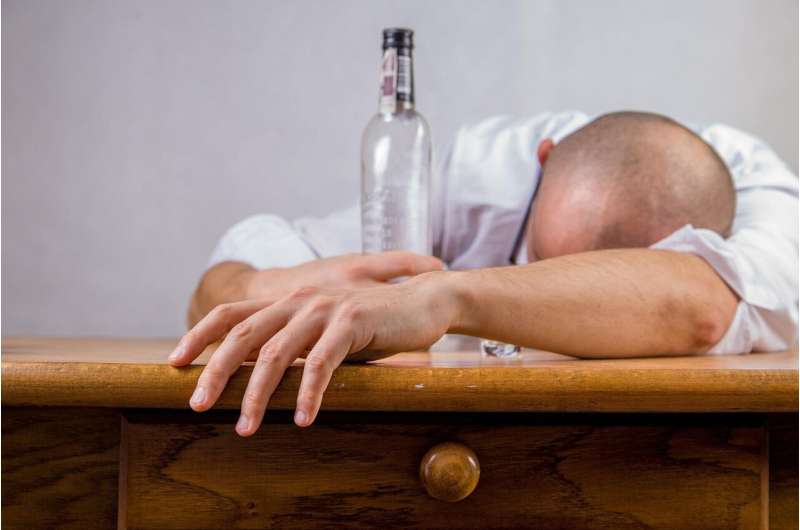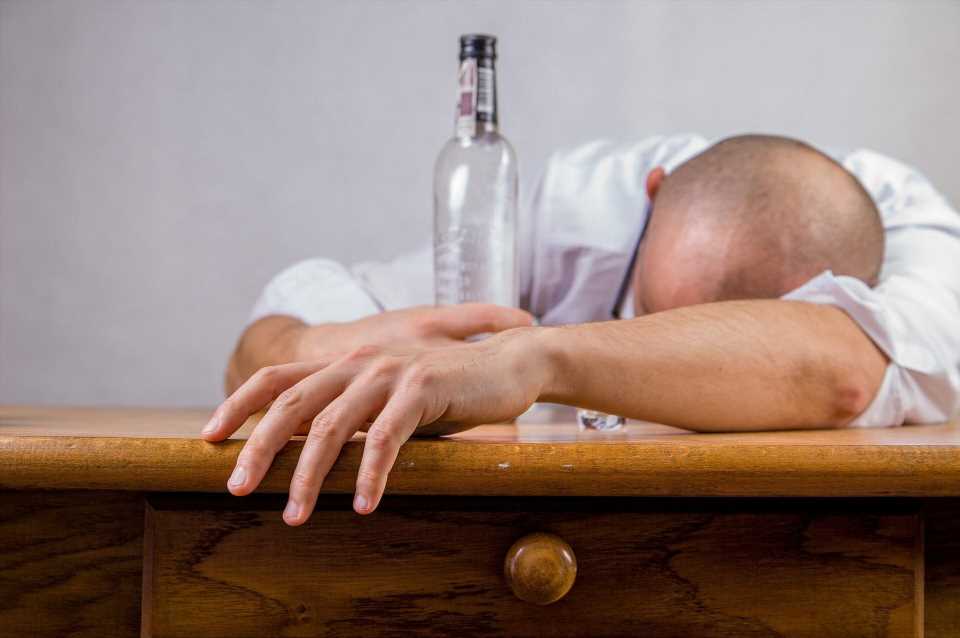
In the early months of the COVID-19 pandemic and with the introduction of new health regulations, the delivery of specialized treatment by alcohol and other drug treatment services was impacted. As restrictions eased in most jurisdictions, services adapted traditional practices as the type of treatment and where it is delivered are interrelated.
The Alcohol and other drug treatment services in Australia annual report 2020–21 shows that COVID-19 restrictions led to many treatment services adapting their practices by expanding access to online services and telehealth appointments.
“While there have been changes in the settings and delivery models in response to public health measures, the number of people supported by publicly funded alcohol and other drug treatment services remained steady at 139,300 in 2020–21,” said AIHW spokesperson Dr. Gabrielle Phillips (Ph.D.).
Of the 243,000 closed treatment episodes delivered throughout 2020–21, the most common were for counseling (38%), followed by assessments (20%).
Early in the pandemic, counseling saw a 12% increase in the number of treatment episodes, while rehabilitation treatment saw a drop of 29%. As some rehabilitation treatment types involve groups of people or require specific settings, they were unable to adapt to restrictions as easily.
Most people (93%) received treatment for their own drug or alcohol use, and the remainder received support for someone else’s drug or alcohol use.
Of those receiving treatment for their own drug or alcohol use, almost two-thirds (64%) were aged under 40, whereas those aged 40 and over made up almost half (48%) of people receiving treatment for someone else’s drug or alcohol use.
“Alcohol has consistently been the most common drug clients received treatment for since the collection began. However, this has declined in relation to all other drugs, for example, from 46% in 2011–12 to 37% in 2020–21,” said Dr. Phillips.
Amphetamines accounted for a quarter of all treatment episodes in 2020–21. Following consistent growth from 2011–12 to 2019–20, the number of treatment episodes for amphetamines declined in 2020–21.
One in 5 treatment episodes were for cannabis (19%) and treatment for heroin (4.6%) continues to decline.
Source: Read Full Article
